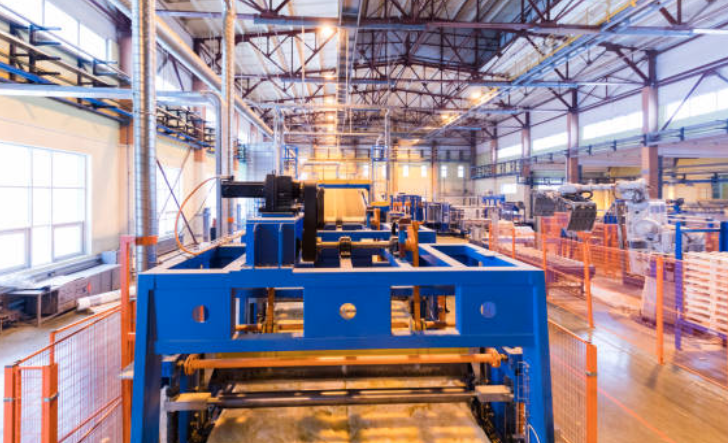
Posted on Monday, October 14, 2024
As Morocco continues to emerge as a key player in the manufacturing sector within North Africa, the adoption of advanced technologies is essential for enhancing productivity and competitiveness. Roll forming machines are at the forefront of this transformation, providing a range of advantages that are revolutionizing various manufacturing sectors in the country.
Roll forming machines are designed for high-speed production, allowing manufacturers to produce metal components rapidly and efficiently. This speed is particularly beneficial in industries such as construction, automotive, and appliance manufacturing, where timely delivery is crucial. By significantly reducing lead times, roll forming machines help Moroccan manufacturers meet growing market demands and maintain a competitive edge.
One of the most significant advantages of roll forming technology is its ability to minimize waste. Unlike traditional manufacturing methods, which often involve cutting and trimming metal sheets, roll forming utilizes continuous coils of material. This process not only maximizes material usage but also results in fewer offcuts, contributing to a more sustainable manufacturing approach. As Morocco strives for greener production methods, the waste reduction benefits of roll forming are particularly relevant.
Roll forming machines produce uniform products with high precision, which is essential for industries requiring strict tolerances and consistent quality, such as the automotive and construction sectors. This consistency reduces the need for rework and inspection, further enhancing overall productivity. Manufacturers can trust that each component meets quality standards, leading to better customer satisfaction and reduced operational costs.
Modern roll forming machines offer considerable flexibility in producing various profiles and shapes, making them ideal for manufacturers in diverse sectors. Whether it's creating complex shapes for architectural elements, structural components for buildings, or specialized parts for machinery, roll forming can accommodate unique design requirements with ease. This versatility allows Moroccan manufacturers to cater to a wider range of applications, boosting their market potential.
The automation capabilities of roll forming machines can significantly reduce labor costs associated with manual manufacturing processes. Automated roll forming lines require fewer operators, allowing companies to allocate human resources more efficiently. This reduction in labor requirements not only lowers operational costs but also enables manufacturers to invest in skilled labor for other critical areas of their business.
Products made with roll forming technology often exhibit superior durability and strength due to the continuous material flow and the ability to use high-strength materials. This durability is particularly advantageous in sectors like construction, where resilience against environmental factors is critical. As Moroccan infrastructure projects expand, the demand for durable materials will continue to rise, positioning roll forming as a preferred manufacturing method.
The integration of roll forming machines into Moroccan manufacturing processes is proving to be a game-changer. By maximizing production speeds, reducing waste, ensuring consistent quality, and providing design flexibility, roll forming technology is setting the stage for a more efficient and competitive manufacturing landscape in Morocco. As industries continue to evolve, embracing such advanced manufacturing techniques will be essential for driving growth and sustainability in the years to come.

Understanding Coil IDs, Mandrel Sizing, and Shear Pin Safety in Uncoilers
Posted on Wednesday, October 1, 2025
Mismatched sizes can lead to machine damage, downtime, and safety hazards — often evidenced by a shear pin failure.

How Coil Tensile Strength Affects Roll Forming and How to Adjust Your Machine
Posted on Wednesday, October 1, 2025
Changes in tensile strength can significantly affect the finished profile, causing misaligned bends, uneven edges, and out-of-spec parts.

Why Paint Cracks on an Embossing Line Running Pre-Painted Coil and How to Prevent It
Posted on Wednesday, October 1, 2025
This issue not only affects the visual quality of the product but can also lead to increased scrap rates and customer complaints.

The Most Popular Standing Seam Metal Roof Panels in the U.S. — A Comprehensive Guide
Posted on Monday, September 29, 2025
In this post, we’ll explore what panel styles and sizes are most popular in the U.S